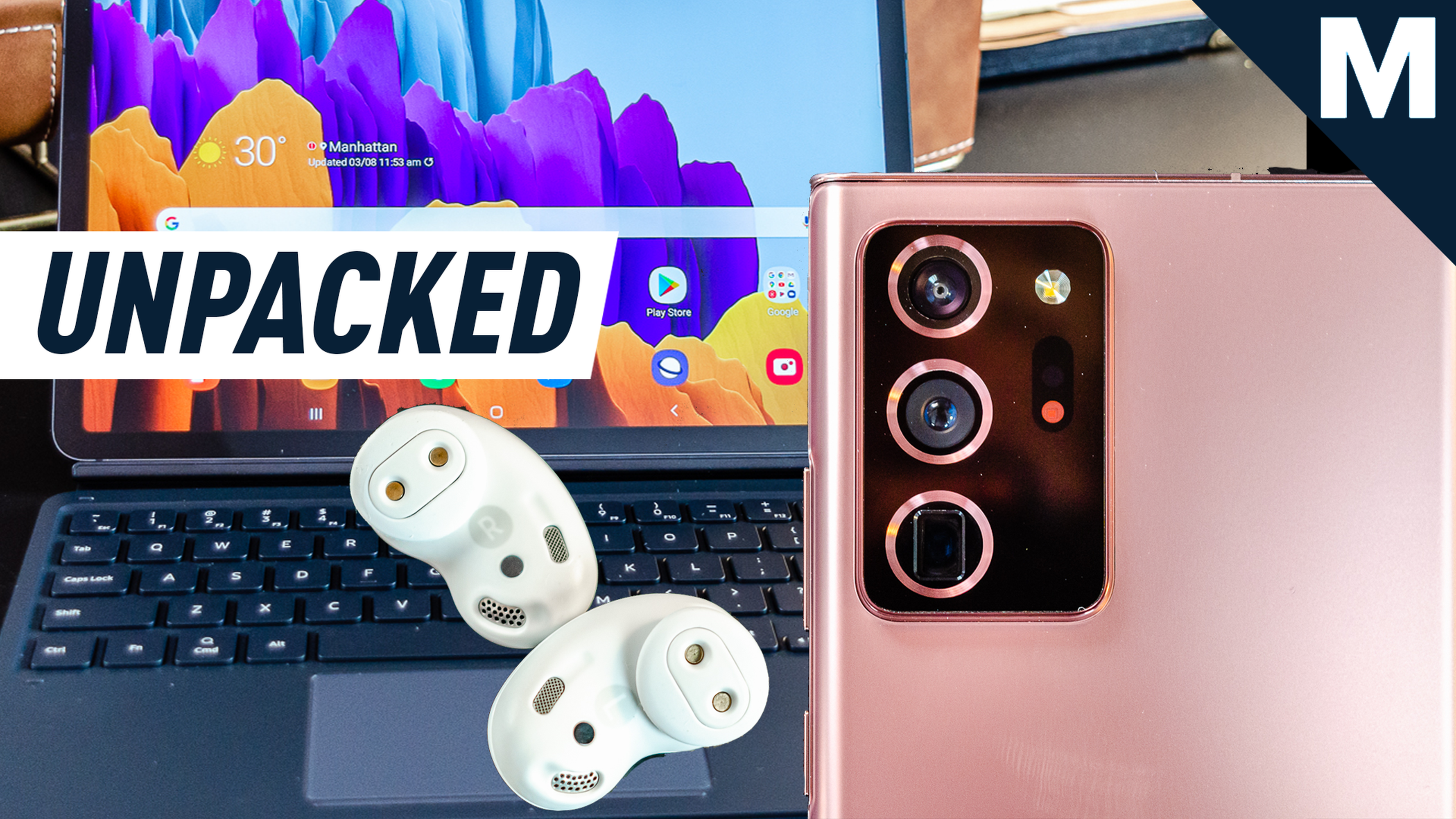
Samsung’s Galaxy Note 20 is a beast of a phone.
But a new teardown by iFixit‘s experts — who tore down both the Note 20 and the Note 20 Ultra — reveal a “multi-layered graphite thermal pad” instead of the expected copper heat pipes.
Now, this wouldn’t be so odd if it weren’t for at least one earlier teardown of the same device, which revealed — you guessed it — copper heat pipes. It appears that Samsung is either testing out different cooling designs for the Note, or perhaps shipping slightly different Notes depending on the market.

No heat pipes to be seen.
Image: ifixit
In any case, there’s no reason to believe that the graphite thermal pad-based cooling is any worse (or better) than a vapor chamber design with heat pipes. It’s an interesting anomaly that we don’t often see on high-profiles phones such as the Samsung Galaxy Note 20 and Note 20 Ultra.
It’s worth noting that Samsung is still lining the phone’s display with copper to disperse heat in the new Note; only the cooling underneath the motherboard was switched to graphite in the models iFixit tore down.
Also, iFixit has been tearing down the U.S. models with 5G mmWave tech. Things could be different in other variants and markets.
Other interesting details: the wireless charging coils are very different on these two otherwise similar devices; the sheer size of the camera modules (they are very, very big); and the fact that the Notes only have two 5G modules apiece, whereas the Samsung Galaxy Note 10+ 5G and the Samsung Galaxy S20 Ultra have three (for reasons unclear).
Overall, the Samsung Galaxy Note 20 and Note 20 Ultra aren’t very easy to repair. iFixit complains about the use of adhesive, as well as the battery and screen being difficult to replace.
